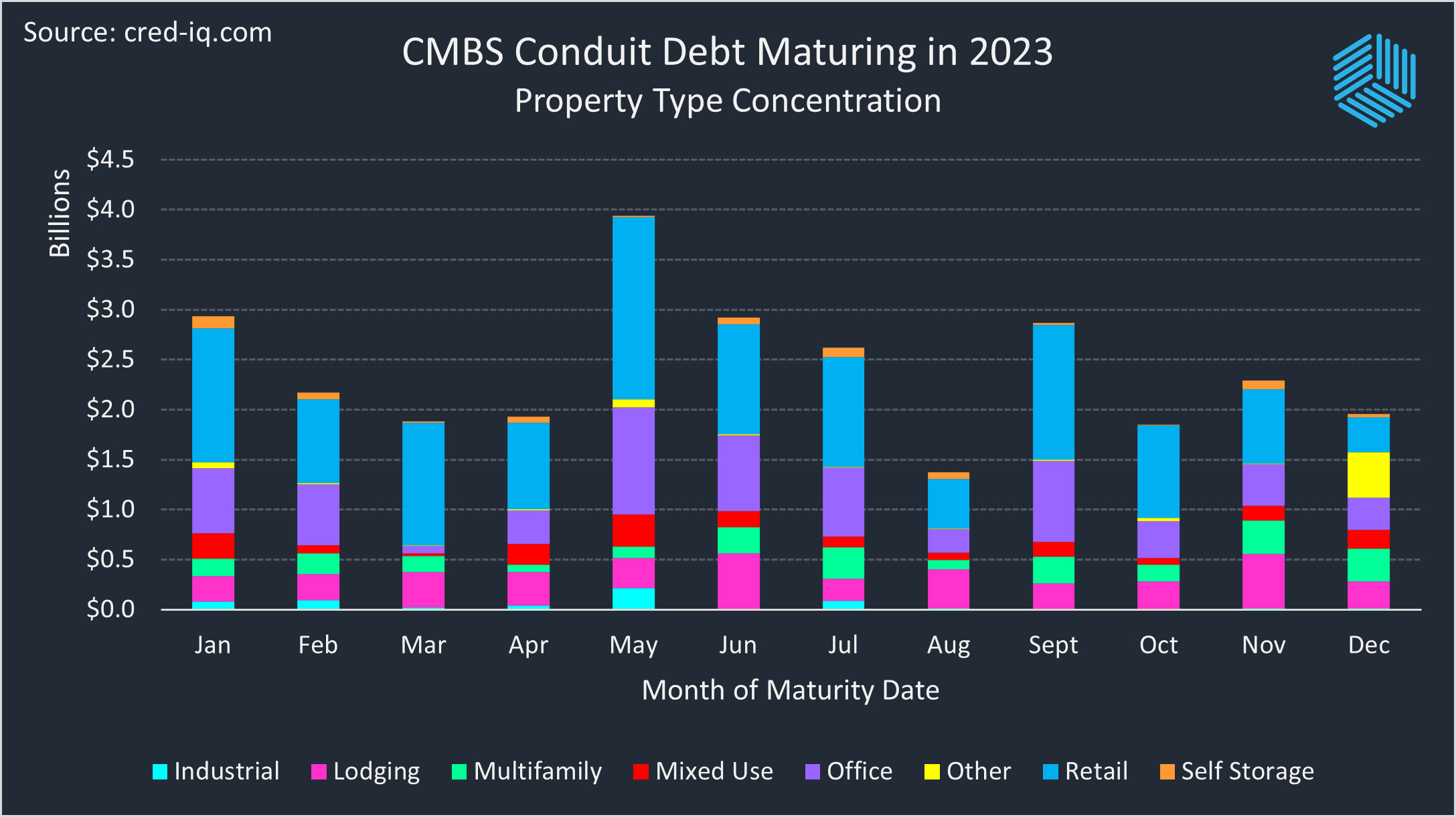Commercial real estate loans 2023 – Welcome to our comprehensive guide to commercial real estate loans in 2023. As the market landscape continues to evolve, it’s essential to stay informed about the latest trends, loan products, and best practices. This guide will provide you with everything you need to know to navigate the commercial real estate lending market successfully.
In this guide, we will explore the current market overview, discuss the different types of commercial real estate loans available, and delve into the due diligence process and requirements for lenders. We will also analyze the factors that influence loan pricing and terms, and provide a forecast of the future trends and outlook for commercial real estate loans.
Commercial Real Estate Loans in 2023
The commercial real estate loan market in 2023 is expected to be characterized by rising interest rates, ongoing inflation, and a slowing economy. These factors are likely to impact loan pricing, availability, and borrower demand.Lenders are likely to become more cautious in their underwriting standards, requiring higher credit scores, lower loan-to-value ratios, and more comprehensive documentation from borrowers.
Commercial real estate loans in 2023 have become increasingly competitive, offering attractive rates for investors. If you’re considering a mortgage with a 10 percent deposit, explore the best mortgage rates with 10 percent deposit to secure the most favorable terms.
These competitive rates can help you optimize your investment and maximize your return on commercial real estate loans in 2023.
Borrowers may face challenges in securing financing, particularly for speculative or less creditworthy projects.
Loan Products and Structures
Commercial real estate loans come in a variety of types, each with its own unique characteristics and suitability for different types of properties and borrowers.Conventional Loans: These loans are not backed by a government agency and are typically offered by banks and credit unions.
They typically have lower interest rates than government-backed loans but require higher credit scores and down payments.Government-Backed Loans: These loans are backed by the government, which reduces the risk to the lender and allows for more favorable loan terms. The most common types of government-backed loans are FHA loans, VA loans, and USDA loans.Private
Loans: These loans are provided by private lenders, such as investment funds and high-net-worth individuals. They typically have higher interest rates than conventional loans but can be more flexible in terms of loan terms and conditions.
Lender Due Diligence and Requirements
Before approving a commercial real estate loan, lenders will typically conduct a thorough due diligence process to assess the risk of the loan. This process may include:* Reviewing the borrower’s credit history and financial statements
- Inspecting the property and conducting an appraisal
- Analyzing the market conditions and the borrower’s business plan
- Obtaining environmental and title reports
Lenders will also require borrowers to provide a variety of documentation, including:* Loan application
- Personal and business financial statements
- Tax returns
- Property appraisal
- Environmental and title reports
Loan Pricing and Terms
The pricing and terms of a commercial real estate loan will vary depending on a number of factors, including:* Loan size
- Property type
- Borrower creditworthiness
- Loan term
- Interest rate environment
Interest rates for commercial real estate loans are typically tied to the prime rate, which is set by the Federal Reserve. As interest rates rise, so too will the cost of borrowing for commercial real estate.Loan terms can vary from 5 to 30 years, with most loans falling between 10 and 20 years.
The loan term will impact the monthly payment amount and the total cost of the loan.
Market Outlook and Future Trends

The outlook for the commercial real estate loan market in 2023 is mixed. While rising interest rates and inflation are likely to dampen demand for loans, there is still expected to be strong demand for financing for well-located and creditworthy properties.Lenders
are likely to remain cautious in their underwriting standards, but there may be opportunities for borrowers to secure financing with favorable terms if they can demonstrate strong creditworthiness and a solid business plan.Emerging trends in the commercial real estate loan market include the increasing use of technology in the lending process, the growth of alternative lending platforms, and the increasing demand for sustainability-linked loans.
Final Summary
Thank you for reading our guide to commercial real estate loans in 2023. We hope you have found this information helpful. If you have any further questions, please do not hesitate to contact us. We are here to help you make informed decisions and achieve your commercial real estate financing goals.
Q&A: Commercial Real Estate Loans 2023
What are the key trends in the commercial real estate loan market in 2023?
The commercial real estate loan market in 2023 is expected to be characterized by rising interest rates, increased demand for flexible financing options, and a focus on sustainability.
What are the different types of commercial real estate loans available?
There are several types of commercial real estate loans available, including conventional loans, government-backed loans, and private loans. Each type of loan has its own unique features, terms, and conditions.
What is the due diligence process for commercial real estate loans?
The due diligence process for commercial real estate loans typically involves a thorough review of the borrower’s financial statements, property appraisal, and environmental assessment.
What factors influence commercial real estate loan pricing and terms?
The pricing and terms of commercial real estate loans are influenced by a number of factors, including loan size, property type, borrower creditworthiness, and market conditions.